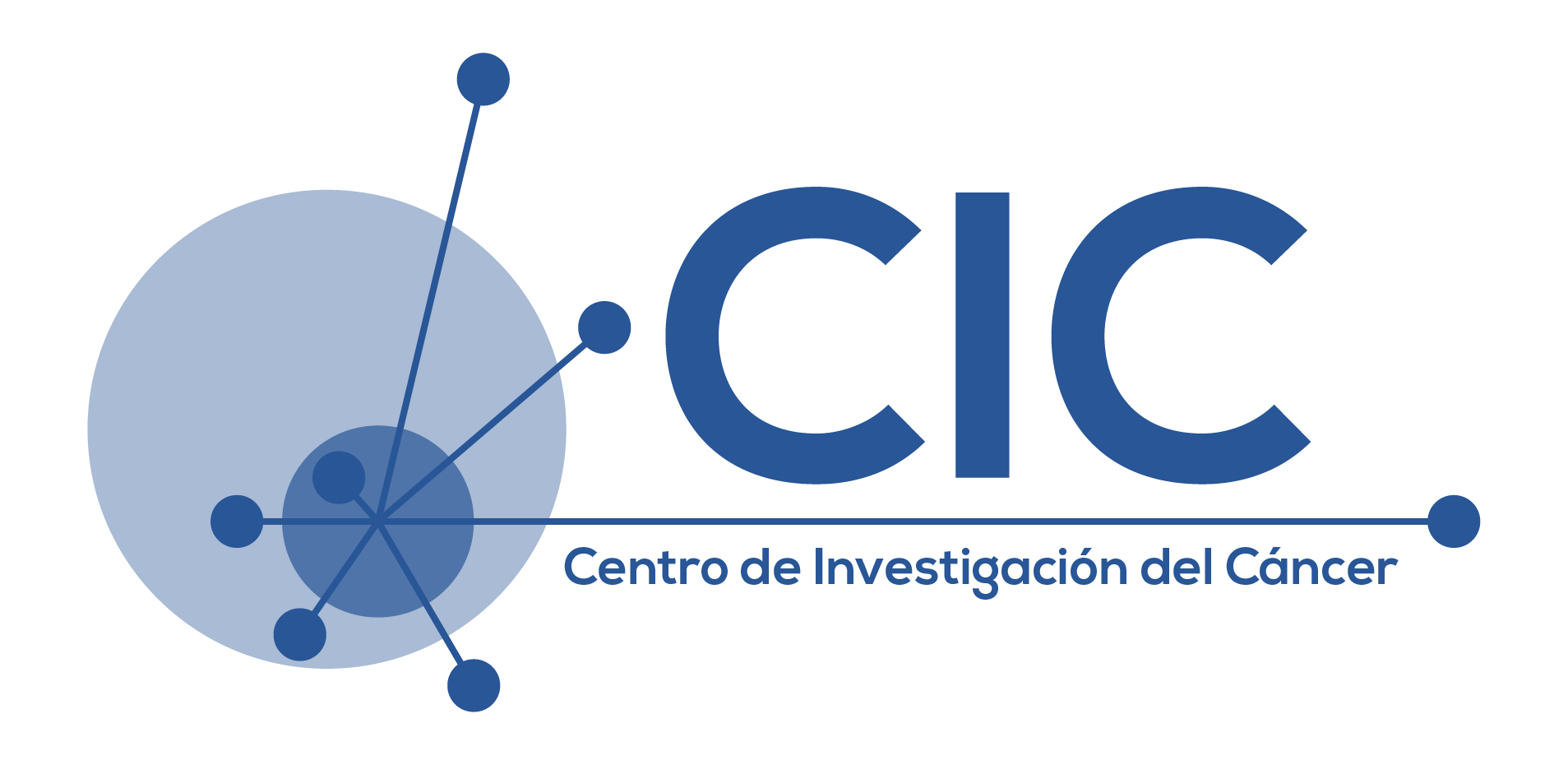Exploring and exploiting the vasculature in brain tumors

Leire Bejarano
Ludwig Institute for Cancer Research (LICR), Lausanne, Switzerland
Central nervous system neoplasms include primary tumors, such as gliomas, and secondary tumors that develop from primary cancers that metastasize to the brain. Brain metastasis (BrM) predominantly arises from lung cancer (40-50%), breast cancer (15-25%) or melanoma (5-20%) and the median survival of these patients ranges between 5 to 10 months. Among primary tumors, high-grade glioblastomas (GBMs) represent the most frequent and deadly form, with a median survival of just over one year. Recent studies have revealed the importance of the brain tumor microenvironment (TME), notably diverse immune cells, which play important roles in regulating cancer progression in both primary and metastatic brain malignancies. The blood-brain barrier (BBB) is another critical TME component formed by endothelial cells, mural cells, astrocytic end-feet, and closely-associated microglial cells. Metastasizing cancer cells can utilize different strategies to traverse the BBB and once they have successfully seeded and colonized the brain, they can exploit the vasculature for their own benefit, forming the so-called blood-tumor barrier. In this work, we investigate these two aspects of vascular alterations in brain tumors, focusing first on the mechanisms used by tumor cells to metastasize to the brain, and second, exploring the processes underlying tumor vascularization in primary and metastatic brain tumors. Our studies, which include clinical sample analysis and preclinical studies in mouse brain tumor models, provide important insights into the complex interactions between the vasculature, immune cells, and cancer cells, with high relevance for designing therapeutic interventions

